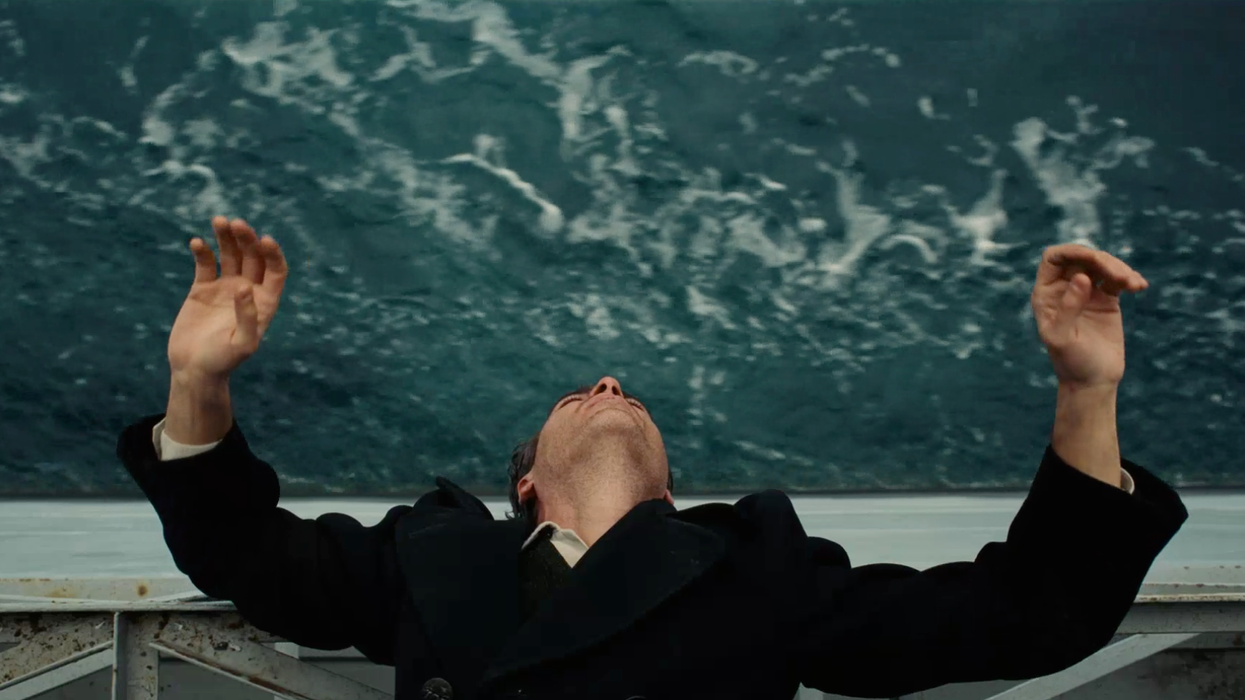Watch: 'The Master' and its Cinematic Influences
This video essay examines some of the cinematic influences on P.T. Anderson's other masterpiece of the 21st century, 'The Master.'

Just a few weeks ago, The New York Times voted There Will Be Blood, P.T. Anderson's 2007 character study of the American West at the turn of the 20th century, as the #1 film of the new millennium. A new video essay from Philip Brubaker for Fandor looks at The Master, Anderson's nearly unclassifiable 2012 film which is, nevertheless "already regarded by many critics as the greatest film of the half-decade."
Brubaker acknowledges up front that "The Master can be a puzzling film," but that "it makes sense if you examine it within its context." According to Brubaker, one of Anderson's key influences when making the film was the 1946 John Huston film Let There Be Light, an hour-long documentary the director made for the US government about returning World War II veterans suffering from what is now known as PTSD. At the time, the condition was not acknowledged, and the film was actually suppressed by the government for several decades.
In Brubaker's words, "Anderson's vision of America in the 1950s reflects the disillusionment of returning soldiers and the blatant hucksterism of sham faiths that target vulnerable individuals."
He also cites the 1943 horror/noir The Seventh Victim as thematic influences on the film. In that movie, the heroine faces death at the hands of a shadowy group, though "the horror in The Master is not fear of death, but fear of losing oneself."
Perhaps one of the most direct influences on the film, at least from the perspective of plot, is 1947's classic and long-lost Nightmare Alley, which features Tyrone Power as a carnival barker who accidentally poisons an alcoholic with a bottle of wood alcohol he has mistaken for moonshine. (A similar poisoning plays a pivotal role in the beginning of The Master.)
Brubaker's elucidation of Anderson's cinematic influences is very instructive, and, perhaps more than anything, throws the somewhat mysterious tenor of the film into sharp relief. The Master cannot really be understood unless it is seen as a profoundly American, and profoundly post-war, film. The Master captures a moment in the history of the nation when, just as in There Will Be Blood, it seemed as though the future was limitless, unbounded by the old rituals of privation. Anderson is a filmmaker whose interests lie in the West, at sea, in any and all places where dreamers drift through purgatories of their own making, unmoored from tradition and family.
"The horror in The Master is not fear of death, but fear of losing oneself."
Source: Fandor











